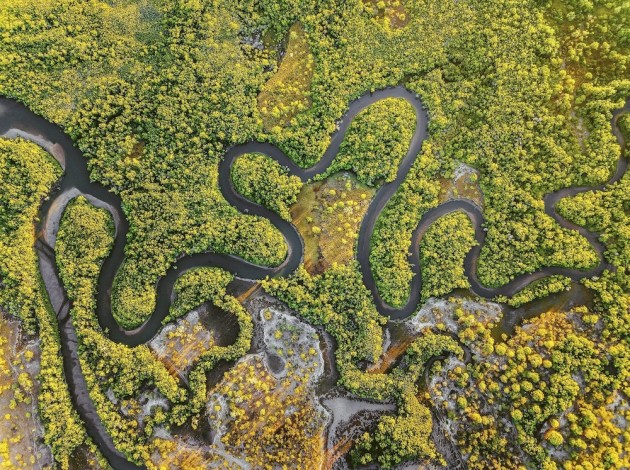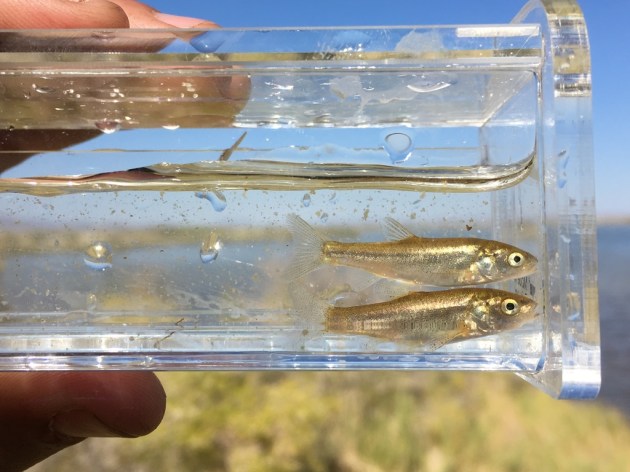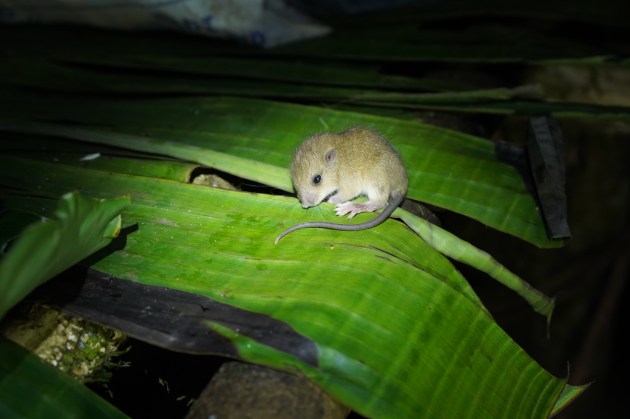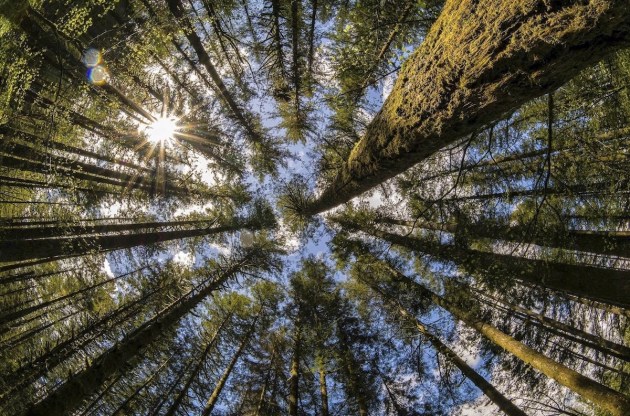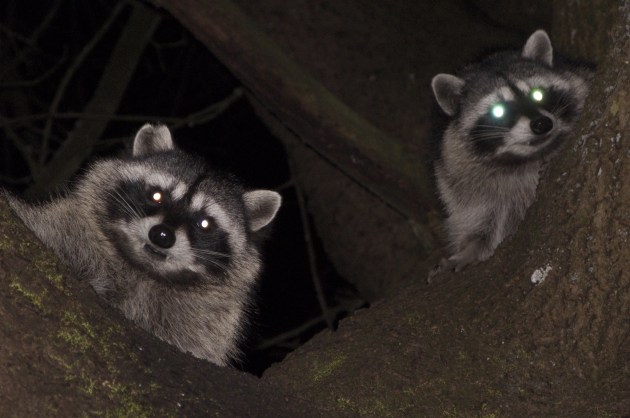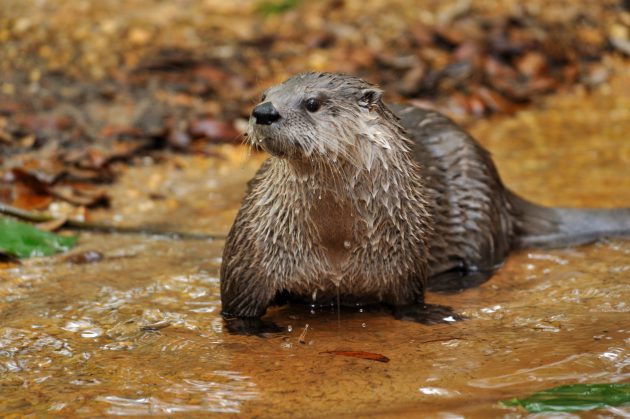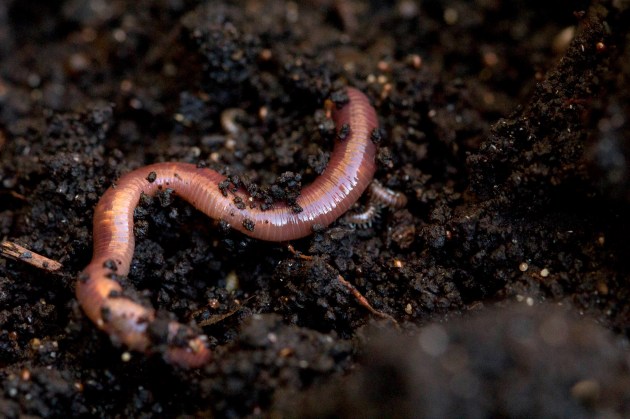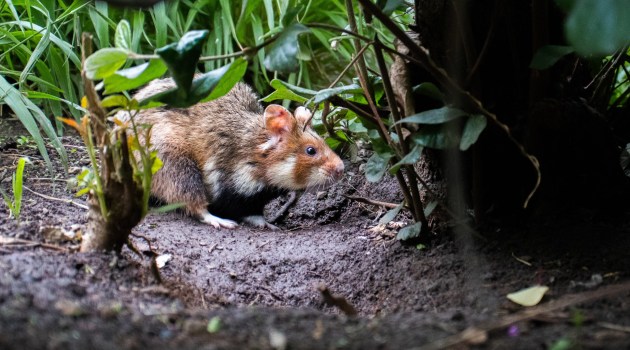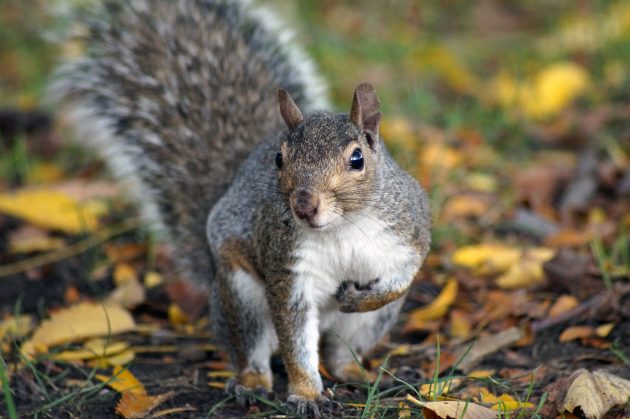Featured Stories
A Future with Sturgeon: A Personal Journey with Dinosaur Fish
National Geographic Society & TNC extern Joseph Hill recounts his experiences helping to protect Atlantic sturgeon.
What Does Urbanization Mean for Melbourne’s Platypus?
National Geographic Society & TNC extern Brendan Cohen recounts his kayak journey along the Yarra River, where platypus are under threat from urbanization.
Meet the World’s Largest Freshwater Crayfish
National Geographic Society & TNC extern Zoe Starke shares her experience studying the 13-pound Tasmanian giant crayfish.
Studying Challenges to Cozumel’s Coral Reefs
National Geographic Society and TNC extern Sophie Dellinger examines the impacts of poor water quality on Cozumel’s coral reefs.

Become a Member
Make a lasting impact for nature when you join The Nature Conservancy
Trending
Conservation Science
Studying Challenges to Cozumel’s Coral Reefs
National Geographic Society and TNC extern Sophie Dellinger examines the impacts of poor water quality on Cozumel’s coral reefs.
Popular Stories
What’s That Weird Noise in the Night?
You’re laying in bed, sound asleep, or counting leaping sheep as you drift off into dreams. And then, a scream.





